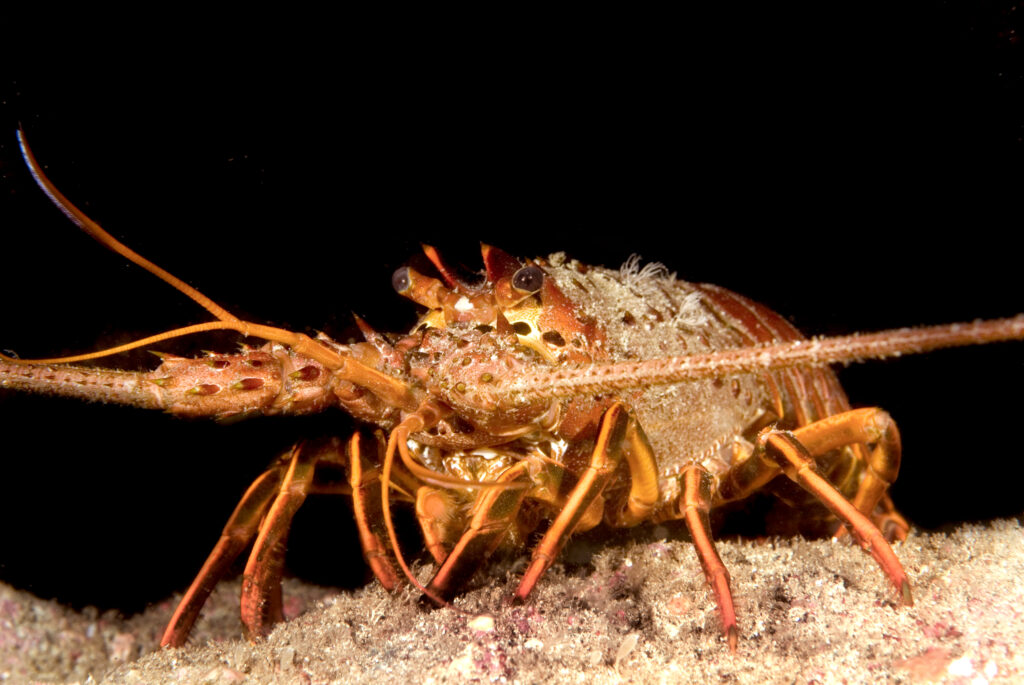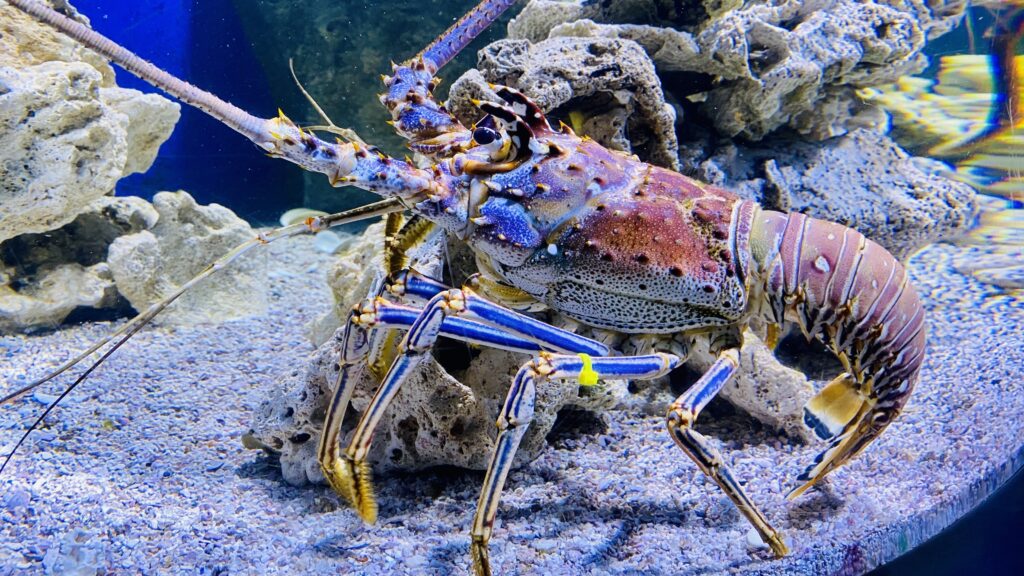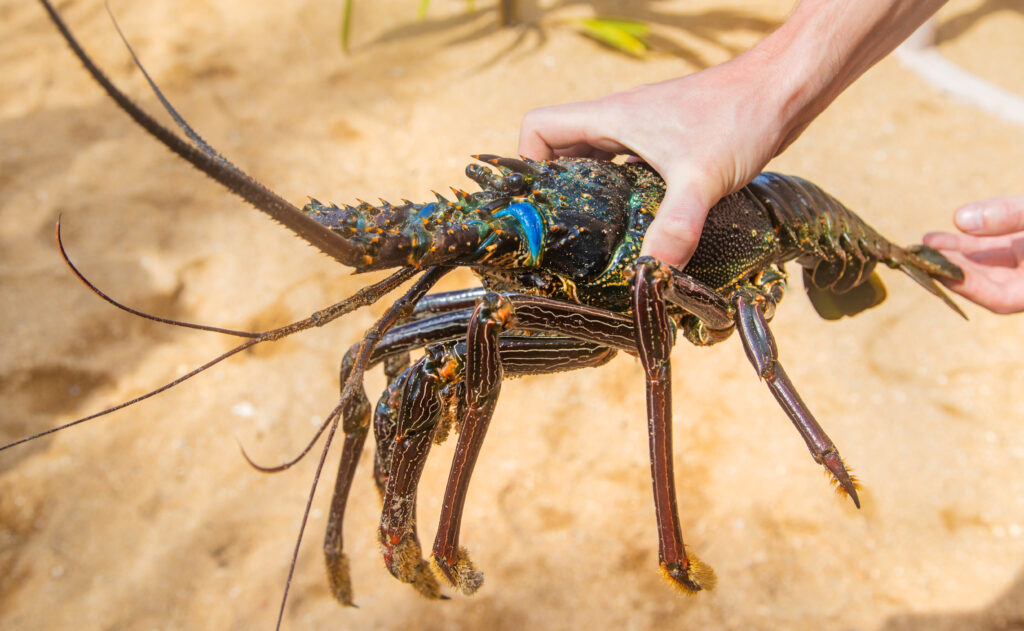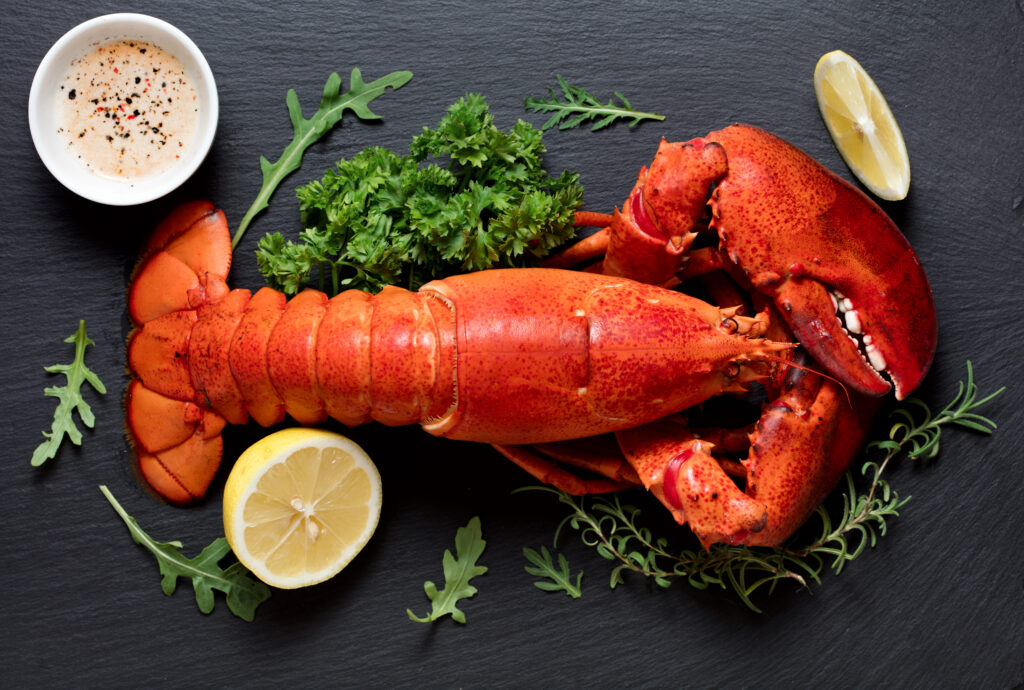16 Interesting Facts About Lobsters

Introduction
Lobsters are one of the most iconic crustaceans in the world. These fascinating creatures have unique anatomy, behaviors, and characteristics that many people may not know about. From their lengthy lifespan to their strange mating rituals, lobsters are full of surprises.
In this article, we will dive into the captivating world of lobsters and explore 16 fascinating facts about these clawed decapods. Read on to learn more about the anatomy, life cycle, history, and quirks of these delicious delicacies from the sea.
1. Lobsters Can Live Over 100 Years

Lobsters are exceptionally long-lived creatures. Research suggests that lobsters may even be biologically immortal. This means that, unlike humans, lobsters show no signs of decline or aging as they get older. Older lobsters appear to reproduce as vigorously as younger lobsters.
Scientists estimate that lobsters can live to be 100 years old1. The largest lobster ever recorded was estimated to be 140 years old based on its size. Lobsters simply do not sense the way other animals do. As long as they have an adequate food supply and are not captured, lobsters appear to live indefinitely.
2. Lobsters Continue Growing Their Whole Lives
One reason lobsters can live so long is that they never stop growing. Lobsters molt, shedding their rigid exoskeletons to make room for new growth, throughout their entire lives. Unlike vertebrates, arthropods like lobsters can continue growing as long as they molt.
Lobsters molt frequently when they are young, but slow down as they age. After reaching maturity, female lobsters molt about once every two years and males molt about once a year. With each molt, lobsters can increase their overall length by 10-15% and their weight by up to 40%.
3. Lobsters Are Solitary Creatures
In the wild, lobsters lead mostly solitary lives. During the day, lobsters hide in rocky crevices and under ledges to avoid predators. At night, they emerge to search the ocean floor for food.
Adult lobsters actively avoid each other outside of mating season. If lobsters do interact, they establish social hierarchies through aggression and displays of dominance. Lobsters appear to recognize and remember other individual lobsters they have encountered before.
4. Lobsters Use Their Antennae to “Smell” Food
Lobsters have a very keen sense of smell thanks to the hundreds of chemoreceptor cells located on their antennae. By “sniffing” the water, lobsters can detect food sources from a distance. They can even pick up a single amino acid dissolved in the water.
Lobsters also use specialized hairs on their legs to “taste” food sources right in front of them. These chemosensory leg hairs allow lobsters to identify food items before consuming them.
5. Lobsters Have a Stomach… in Their Head

Here’s a surprising fact about lobster anatomy – lobsters actually chew and digest their food using a stomach located right behind their eyes. This structure is called the gastric mill and contains three grinding surfaces used to break down food items.
Since lobsters’ stomachs are so close to their mouths, they essentially taste and begin digesting food immediately upon consuming it. Their heads are all mouth, eyes, and stomach!
6. Lobsters Use Their Blood to Detect Bacteria
Lobsters have a unique circulatory system. Their blood is clear rather than red like human blood. But the most fascinating thing about lobster blood is that it contains hemocyanin.
Hemocyanin is a copper-containing protein that can bind with oxygen, just like hemoglobin in human blood. But hemocyanin also causes lobster blood to clot around pathogenic bacteria and viruses, essentially walling off any infections.
7. Lobsters Communicate Using Urine
One of the most surprising facts about lobsters is that they pee out of their faces – and they use urine to communicate chemically. Lobsters keep their urine in bladders located under their eyes. They release urine from nozzles beneath their antennae.
The urine contains pheromones that convey social information to other lobsters such as dominance status, reproductive status, identity, and more. Lobsters can even use urine to mark shelters and discourage intruders.
8. Lobsters Have a Complex Mating Ritual
Speaking of lobster pee, the mating ritual of lobsters involves a lot of urine signals. First, the female lobster finds a secluded den and pees pheromones to let local males know she is preparing to molt.
Interested males will fight over the female, and the winner accompanies her to the den. After she molts and before her new shell hardens, the male uses his first pair of pleopods (swimmerets) to transfer sperm. Then they live together until her shell hardens.
9. Female Lobsters Can Store Sperm for Years
Female lobsters have an amazing ability to store male sperm for extended periods before using it to fertilize their eggs. They can keep sperm alive internally for over two years.
The female lobster decides when to fertilize her eggs and release her larvae. She times this based on water temperature and other environmental factors to maximize the survival chances of her offspring.
10. Newly Hatched Lobsters Look Nothing Like Adults

When lobster eggs first hatch, the tiny larvae look completely different than adult lobsters. Often called “post-larvae”, these young lobsters have different body shapes, colors, and appendages.
During the planktonic larval stages, lobsters are transparent with long antennae and feather-like appendages to help them swim. After several molts, they develop the familiar lobster body shape and settle on the seafloor.
11. Most Lobster Larvae Don’t Survive to Adulthood
Female lobsters can produce tens of thousands of eggs at a time. However, fewer than 1% of larvae survive the fragile planktonic stage to become juvenile lobsters. This is because the tiny, transparent larvae make easy targets for predators.
Lobster larvae float near the surface where fish, seabirds, and other creatures feed on them. Once they make it to the seafloor and achieve some size, juvenile lobster survival rates improve greatly.
12. Lobsters Use Their Longer Claw for Crushing…
Lobsters have two different-sized claws, and each claw serves a different function. The bigger crusher claw has rounded teeth ideal for crushing hard shells of prey like clams, crabs, and mussels.
The smaller pincer claw has sharper, serrated edges perfect for tearing soft flesh into bite-sized pieces. Between the two specialized claws, lobsters can consume a wide variety of prey.
13. …And Their Smaller Claw for Cutting

The smaller claw is also called the “cutter” or “ripper” claw. While not as thick and strong as the crusher claw, this smaller claw contains razor-sharp incisors for slicing through flesh.
By using their specialized claws together, lobsters can crack open hard shells and then rip out the soft meat inside. The cutter claw also comes in handy for fighting off rivals and defending against predators.
14. Lobsters Can Re-Grow Lost Limbs
Lobsters have a remarkable ability to re-grow appendages they lose through injury or self-defense. Much like starfish, they can regenerate lost legs, claws, and antennae over several molting cycles.
Regrowing a claw takes around 3-5 years for a one-pound lobster. However, the new claw will usually be smaller and weaker than the original appendage. Lobsters must conserve energy while re-growing limbs, leading to reduced growth overall.
15. Lobsters Used to Be Considered “Poor Man’s Food”
It may be hard to believe today, but lobster was once considered a low-class food. In Colonial America, lobsters were so abundant that they were used as fertilizer and fish bait. Servants and prisoners in Massachusetts rebelled against eating lobster more than three times per week.
As late as the 1940s, canned lobster was being marketed as a cheap source of protein for poor and working-class people in America and Europe. How times have changed for these once lowly crustaceans!
16. Lobsters Turn Red Only After Cooking

Cook a lobster and it turns vibrant red, leading most people to assume lobsters are naturally that color. In truth, the red hue develops only after cooking. Live lobsters are dark green or brown with red highlights.
Heating lobster breaks down astaxanthin, a red pigment, bonded to proteins in the shell. When free from the proteins, astaxanthin expresses its red color. The redder the lobster, the fresher it was before cooking.
Conclusion
Lobsters are amazing creatures, and there is still so much more to learn about them. Their unique biology and behaviors continue to fascinate biologists and lobster lovers alike. While lobsters play an important ecological role, they are also incredibly delicious. The next time you crack open a lobster tail, take a moment to appreciate millions of years of evolution that led to the creation of this fascinating animal.





